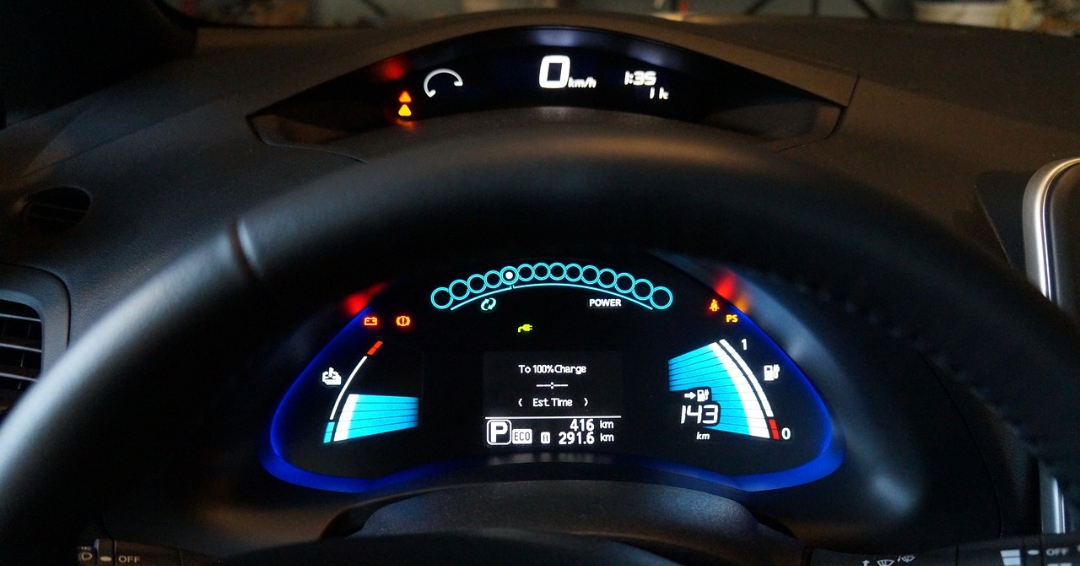In the world of electric cars, battery management systems (BMS) use algorithms to monitor the condition and performance of the battery. These algorithms are designed in ideal, laboratory conditions, that do not reflect real world circumstances. Stanford researchers led by Assistant Professor of Energy Science and Engineering, Simona Onori worked with Volkswagen to reduce the gap between lab tests and real world conditions. The goal is to enhance the life span of EV batteries by developing algorithms based on real driving data. The study uses one year of data from real vehicles to establish EV state and performance indicators by observing the driving style, recharging habits and seasonal temperature variations.
Volkswagen supplied Stanford with 3,750 hours of BMS driving data from an all electric Audi e-tron SUV used in the San Francisco Bay Area over one year (November 2019-October 2020). This data enabled the assessment of key battery metrics, including energy and power, as well as the calculation of electrical resistance in the battery pack during that time. The study found that adding seasonal weather data revealed an even more complex pattern: electrical resistance decreased in cooler months and increased in spring and summer, suggesting that battery health improves as temperatures rise. Higher temperatures boost battery capacity and make the car feel like it has more energy, but consistently using the battery at high temperatures can lead to faster degradation, which impacts performance.
Another goal of the project is to design algorithms that educate drivers on how to extend the life of the expensive battery pack by providing insights like avoiding excessive fast-charging or aggressive acceleration.
Continuous improvement in EV technology is vital. In order for that to happen, real-world experience is irreplaceable, even though theories are valuable starting points.
Source: Clean Technica

